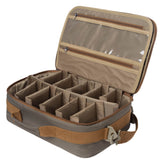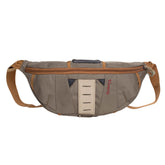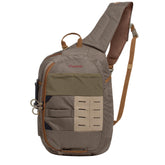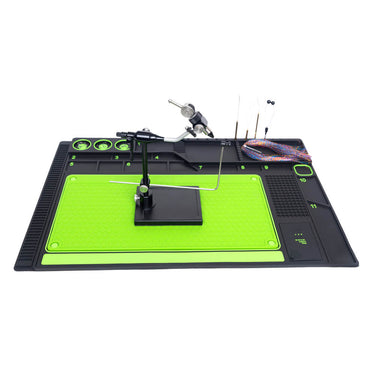Angling for European Flounder: A Fly Fisher's Approach
Fly fishing for European flounder (Platichthys flesus) can be an exciting and unconventional challenge, as these flatfish are not traditional targets for fly anglers. However, with the right approach, it’s possible to catch them on a fly rod. Here’s a guide to help you get started:
1. Understanding European Flounder
Habitat: Found in shallow coastal waters, estuaries, and brackish lagoons, often over sandy or muddy bottoms.
Behavior: Bottom-dwelling ambush predators that feed on small fish, crustaceans, and worms. They rely on camouflage and sudden strikes.
Season: Most active in warmer months (spring to autumn), though they can be caught year-round in some areas.
2. Fly Fishing Gear
Rod: A 6–8 wt fly rod (medium action) is ideal for casting weighted flies and handling wind.
Reel: A simple saltwater-resistant reel with a smooth drag (flounder rarely make long runs).
Line: A floating or intermediate sinking line works best for shallow waters. A sink-tip line can help reach deeper flats.
Leader/tippet: 6–9 ft, tapered to 8–12 lb fluorocarbon (abrasion-resistant for rough bottoms).
3. Effective Flies
Flounder feed on small prey near the bottom, so flies should imitate:
Baitfish patterns: Small Clouser Minnows, Deceivers, or EP-style flies in natural colors (olive, tan, white).
Crustacean imitations: Crab or shrimp patterns (e.g., Gotcha Shrimp, NearNuff Crab).
Worm-like flies: Sparse, weighted patterns resembling ragworms or sandworms (e.g., Christmas Tree Worm fly).
Key traits:
Weighted eyes or bead chains to keep the fly near the bottom.
Bright or contrasting colors (pink, orange, or chartreuse) can trigger strikes in murky water.
4. Techniques
Slow, bottom-dragging retrieve: Cast beyond likely holding areas and let the fly sink. Retrieve with short, slow strips, pausing to let the fly settle.
Twitch-and-drop: Imitate a wounded baitfish with small hops followed by pauses.
Sight fishing: In clear, shallow water, watch for flounder movement or "nervous water" and cast ahead of them.
Tidal influence: Fish moving tides when flounder are most active (incoming or outgoing).
5. Where to Fish
Shallow flats: Sandy or muddy areas near estuaries, river mouths, or tidal creeks.
Drop-offs/edges: Where shallow water meets deeper channels.
Structure: Near piers, jetties, or seagrass beds (flounder often lie in ambush).
6. Tips for Success
Flounder strikes can be subtle—set the hook firmly on any resistance.
Wade quietly to avoid spooking fish in shallow water.
Fish during low-light periods (dawn/dusk) for higher activity.
If using bait, "flounder flies" can be tipped with a small piece of worm or shrimp for extra scent.
7. Conservation
Handle flounder gently (they’re delicate) and release them quickly if not keeping for food.
Check local regulations, as some areas have size/bag limits.
While flounder aren’t the most glamorous fly-caught species, their aggressive strikes and unique fight make them a fun target for adventurous fly anglers. Tight lines!















